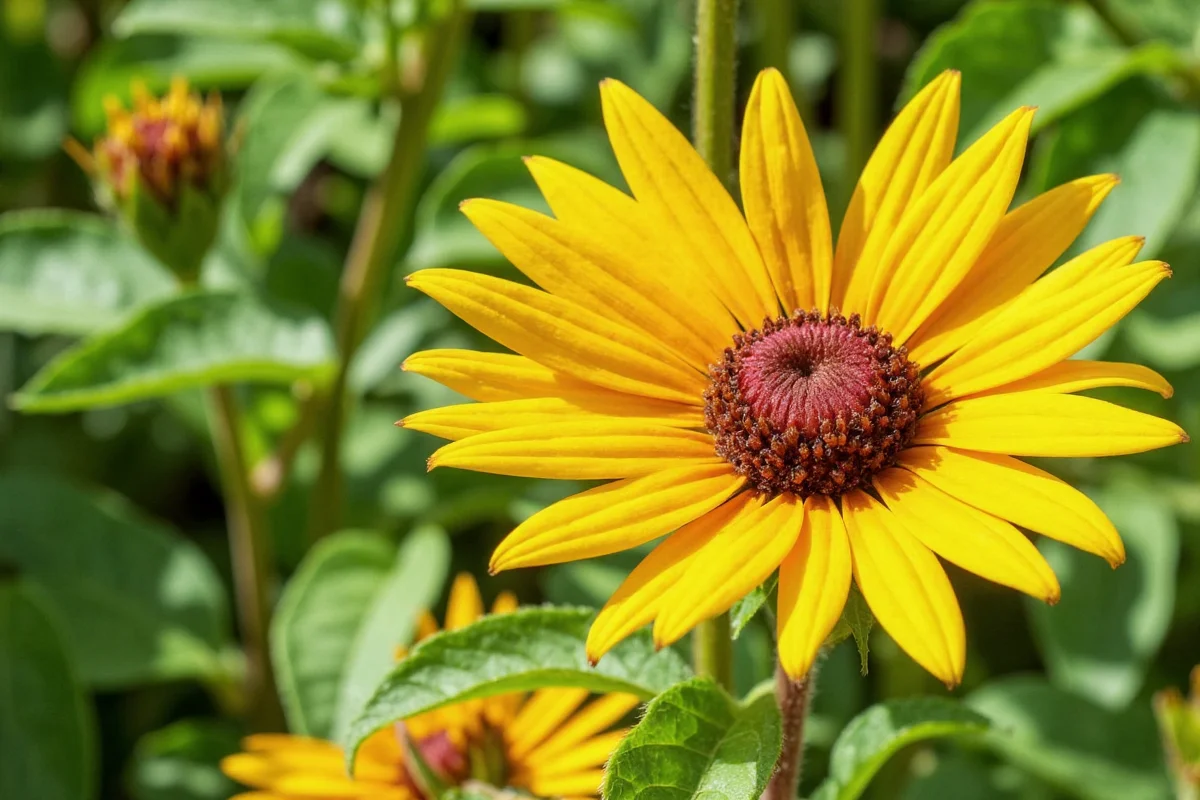Mother of millions, scientifically known as Kalanchoe delagoensis, is a fascinating and resilient succulent that originates from Madagascar. It's known for its unique reproduction method and striking tubular leaves, making it a popular choice for indoor and outdoor gardens. In this article, we will explore the intriguing features, history, care guidelines, potential ecological impact, and benefits of growing this plant.
Unique Features of Kalanchoe Delagoensis
Kalanchoe delagoensis is a member of the Crassulaceae family and is often recognized by its multitude of small plantlets that grow along its leaf margins. This feature contributes to the nickname "mother of millions." The plant can reach heights of up to three feet and has mottled, slender leaves that form tubular shapes.- The color palette typically includes shades of grayish-green with hints of purple on the leaf edges.
- Flowers appear during the cooler months, showcasing small clusters of orange to red blooms.
- Due to its ability to propagate rapidly, it can cover large areas quickly, making it excellent for ground cover in suitable climates.
The Historical Background of Kalanchoe Delagoensis
Kalanchoe delagoensis hails from Madagascar and has been recognized for its unique characteristics since its discovery. Throughout history, it has been introduced into various regions across the globe, often as an ornamental plant.- Extensively grown in subtropical and tropical regions due to its suitability for warm climates.
- In certain areas, it has become naturalized, especially in parts of Australia and Florida.
- Its historical presence often relates to its use in decorative gardening and its ability to thrive with minimal care.
Caring for Your Kalanchoe Delagoensis
This succulent is known for its resilience, making it a favorite among gardeners with varying levels of expertise. Understanding its care guidelines helps maintain healthy plants and maximize growth.- Light: Prefers bright, indirect sunlight but can tolerate full sun.
- Water: Requires infrequent watering. Allow the soil to dry out completely between waterings.
- Soil: Thrives in well-draining potting mix suitable for cacti and succulents.
- Temperature: Ideal in temperatures ranging from 60°F to 85°F.
- Propagation: Easily propagated from the small plantlets that fall onto the soil.
Ecological Impact of Kalanchoe Delagoensis
Although celebrated for its beauty, Kalanchoe delagoensis can have ecological implications when introduced to non-native areas.- Its rapid growth can lead to invasiveness, outcompeting local flora.
- The plant's propensity to spread quickly makes it challenging to control.
- In specific regions, it has been declared a weed due to its aggressive colonization.
Benefits of Growing Kalanchoe Delagoensis
Despite potential ecological concerns, Kalanchoe delagoensis offers several benefits to those who choose to cultivate it.- Low maintenance requirements make it accessible for new gardeners.
- Its unique appearance adds an exotic touch to any garden or home decor.
- Possible medicinal uses are being explored, particularly in traditional medicine.
In conclusion, Kalanchoe delagoensis, or mother of millions, is a captivating plant known for its unique means of propagation and alluring appearance. While it poses certain ecological challenges, the advantages in terms of beauty and low maintenance make it a worthwhile addition, provided there is care to manage its growth responsibly.











 浙公网安备
33010002000092号
浙公网安备
33010002000092号 浙B2-20120091-4
浙B2-20120091-4